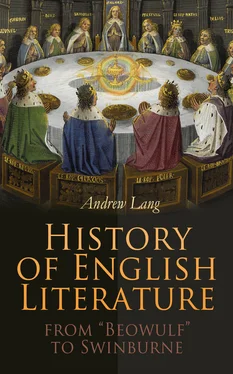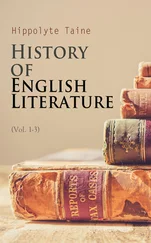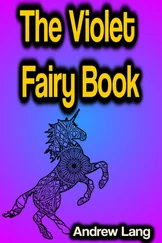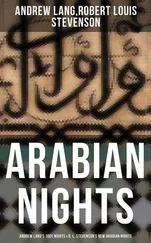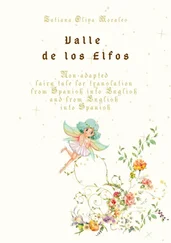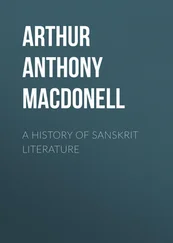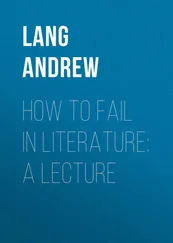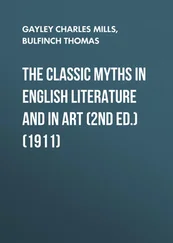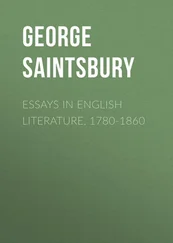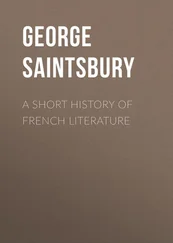Several of his companions in the later French and English romances, such as Geraint, Kay, and Bedivere, were also known to these very early Welsh poets. Moreover, there exist in the Welsh "Mabinogion" ("Tales for the Young"), very ancient stories of Arthur which do not resemble the ordinary later romances about him, but are infinitely older and more poetical: such are "Kulhwch and Olwen" and "The Dream of Rhonabwy".
Probably about 1066 there were many tales of Arthur surviving in Brittany, a Brython (Welsh) country from which the exiled prince of South Wales returned home in 1077. If he brought these tales back and if the Welsh poets took them up, there would be plenty of Welsh Arthurian literature between 1077 and 1140, or thereabouts, when Geoffrey of Monmouth produced his "History of the Britons". He says that he has had the advantage of using a book in the Breton tongue, which Walter, Archdeacon of Oxford, brought out of Brittany; this book he translates into Latin.
No such book can be found. It is probable that Geoffrey used Welsh and Breton traditions, and the patchwork book, parts of it very early, called the "History of the Britons," attributed to Nennius (about 796). In this we have a mixture of the real fighting Arthur of about 520, and the fabulous Arthur, a wonderful, powerful being, like all the old heroes of fable, who goes down to the mysterious land of darkness, like Odysseus and the Finnish Waïnamoïnen.
The patchwork book of Nennius derives the name of Britain from that person of pure fantasy, "Brut," "Brutus," great-grandson of Æneas; who sailed to the Isle of Albion. Now "Brut" was invented merely to explain the name "Britain," and to connect the Britons, or Welsh, with the Trojans. In the same way the Scots had framed false histories of their ancestress Scota, who came from Scythia to Ireland, by way of Egypt, Athens, and Spain.
All these legendary and fictitious materials, and others, were used by Geoffrey in what he called a "History"; and his "History," in spite of criticism, became the most popular book of the age. He begins with the flight of Æneas from Troy, and the flight of the great-grandson of Æneas, Brutus, to the Isle of Albion, "inhabited by none but a few giants". Brut builds New Troy (London) on the Thames, and so the romance runs on, a mere novel of adventures, those of Shakespeare's "King Lear" and "Cymbeline," for example, mixed up with history from Bede, till we come to Merlin the Enchanter, and Uther Pendragon, and the mysterious birth of Arthur, who is crowned king, and slays 900 Saxons with his own sword in one battle, conquers all Northern Europe and France, and defeats the Romans, all of which is sheer mediaeval fable. At home, in a great fight ("the battle of Camlan" it is called in older books than Geoffrey's) he kills Modred, and is carried to the Isle of Avallon or Avilion, to be healed of his wounds.
Geoffrey ends by requesting historians, his contemporaries, such as William of Malmesbury, "to be silent concerning the "History of the Britons," since they have not that book written in the British tongue, which Walter, Archdeacon of Oxford, brought out of Brittany". This is mere open banter. Geoffrey was not likely to show them that book!
Even in the old Welsh tale of the great boar-hunt, a story far earlier than Geoffrey's time, Arthur is surrounded by many fabulous heroes, really characters of fairy-tale, like them who followed Jason in the search for the Fleece of Gold. All of them can do miraculous feats, like the heroes of "the dream-time," "the dark backward" of unknown ages. These companions of Arthur become, at least some of them do, the Knights of the Round Table in the later romances, but we do not yet hear of Launcelot, or of the Holy Grail.
From Geoffrey's book come the French poetical and adorned version of Wace (1155), many French romances, and finally a vast throng of chivalrous and romantic fancies cluster round the great name of Arthur. Geoffrey's was a book that gave delight to every one, ladies as well as men, for in the marriage of the traitor Modred with Guinevere the wife of Arthur, and in Arthur's revenge, was the germ of a world of romances. The conquest, too, by Arthur, of Gaul and Aquitaine, inspired, and, to their minds, gave an historical excuse for the ambition of English kings to recover these old dominions of Britain. Caxton, our first printer, long afterwards wrote that not to believe in Arthur was almost atheism.
Geoffrey also translated into Latin out of Welsh the prophecies attributed to the enchanter Merlin. If they had any meaning in Welsh, in Latin they have none. Hotspur, in Shakespeare's "Henry IV," is weary of Owen Glendower's talk
Of the dreamer Merlin and his prophecies,
And of a dragon and a finless fish,
A clip-wing'd griffin and a moulten raven,
A couching lion, and a ramping cat,
And such a deal of skimble-skamble stuff.
Nevertheless, three centuries after Geoffrey wrote, men who thought themselves wise and learned believed that not only Merlin but Bede were true prophets, who foretold the victories of Joan of Arc (1429).
It must be kept in mind that Geoffrey says nothing about these great characters in later Arthurian romances, Launcelot, Galahad, Tristram and Iseult, and nothing about the mysterious Holy Grail, and the Quest of the Grail. How and whence these parts of the Arthurian legend arose, how much of them comes from ancient Celtic legend, how much from the invention of French romancers, is still a mystery. Geoffrey, however, made Arthur, Merlin, Guinevere, and Modred familiar to all his readers. All Englishmen were proud of Arthur of Britain, though, of course; in his life he was the deadly foe of the English.
CHAPTER VI.
LAYAMON'S "BRUT".
Table of Contents
Thanks to Geoffrey, at last, some time about 1200-1220, came an English poet, Layamon, a true poet (now and then), whose work reminds us occasionally at once of the Greeks whom he had never read, of masters whom he did not know; and of the things most romantic in the verses of the last great poet of England. Layamon, the author of "The Brut," had no ambition; he had no hope of gain; the king and the courtiers would never hear of him.
Layamon was an English priest in a quiet country parish, not far from the Welsh Border, at Ernley, near Radestone, on the Severn, as he tells us. Yet the new French culture had reached him and inspired him; he gave it to Englishmen in their own English language and he is therefore readable: is more than a mere name. It "came into his mind" to tell the history of England, in verse, and he says that he travelled far to get the books of Bede (in Anglo-Saxon), "the fair Austin and St. Albin," in Latin, and the book made in French by a French clerk, Master Wace, "who well could write". "Lovingly he beheld these books," but, in fact, he only used one of them, namely Wace's French version (1155) of Geoffrey of Monmouth's romance. Wace had altered Geoffrey as he pleased, and Layamon took the same liberty with Wace; his book is twice as long as that of the French clerk; he also inserted many things not to be found in the text of Wace as now printed, but derived partly from still unprinted manuscripts of Wace, partly from other sources; perhaps from Welsh legends known to this priest who dwelt beside the Severn. Wace added to Geoffrey's account of Arthur, the story wherever he found it, of "The Table Round," so shaped that the knights could not quarrel about the highest place. Layamon adds that the Fairy ladies came to Arthur's birth—as in a very old belief, found in ancient Greece and ancient Egypt—and that they later carried him away to Avalon, there to be healed of his wounds.
He calls the fairy Queen "Argante," possibly a French corruption of a Breton name. His account of the birth of the enchanter Merlin, "No man's son," is romance itself. Merlin's mother, who had become a nun, knew not who was her child's father, only that in her dreams there came to her "the fairest thing that ever was born, as it were a tall knight, all dight in gold. This thing glided before me and glistened with gold. Oft me it kissed, and oft embraced."
Читать дальше
